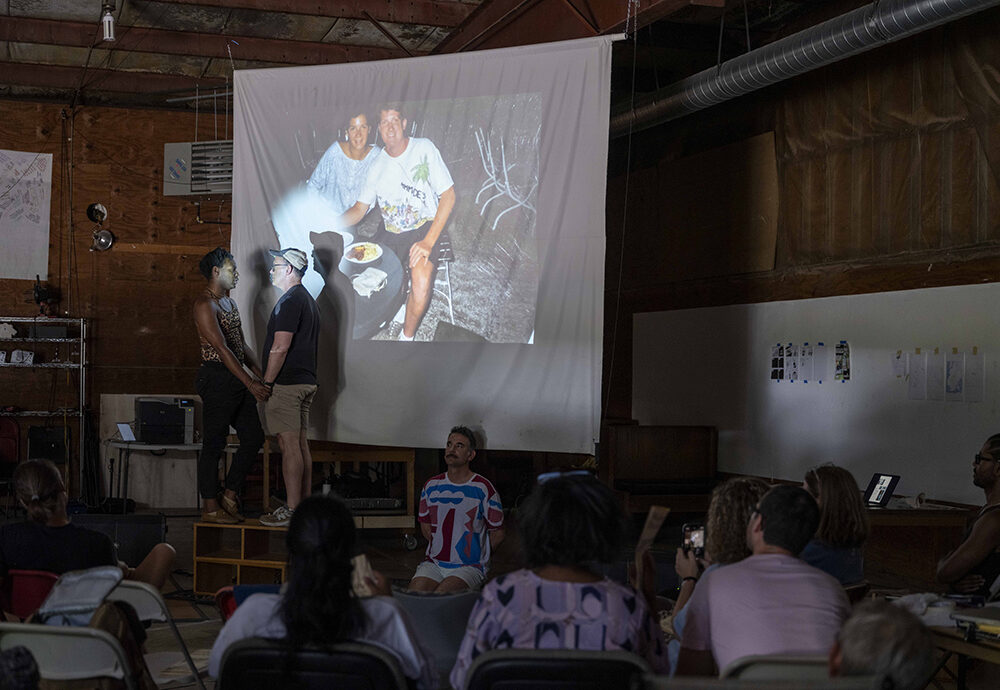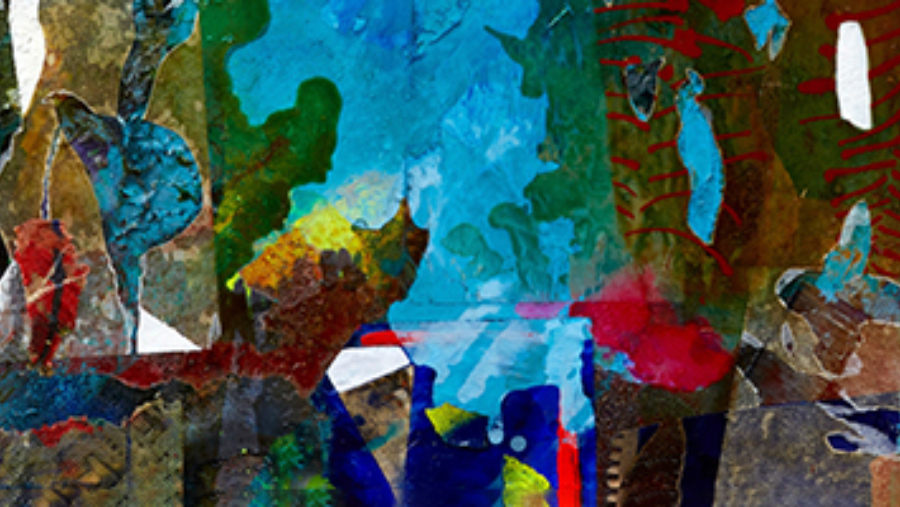Exhibition
Location
East Sibley Hallway
East Sibley Hall
Contact
Department of Architecture
(607) 255-5236
Abstract
“Most Americans and Canadians are taught to think that Indigenous cultures are ‘supposed to be’ as they appeared at the time of European entry to the continent. They rarely are taught about the long-term residence of Indigenous people on these lands, or the history of development of the ways of life seen at contact.” —Kurt Jordan, The Gayogo̱hó:nǫ People in the Cayuga Lake Region: A Brief History.
ForestCity: Gayogo̱hó:nǫ is an exhibition of work from M.Arch. Design Studio III: Engaged Practices, co-led by Department of Architecture Visiting Associate Professor Anna Dietzsch and Associate Professor Sean Anderson, and supported by teaching assistant Melanie Chu (M.Arch. ’24).
One of the most effective and permissive forms of cultural erasure is those processes that create invisibility. If someone or something does not exist, it does not have to be acknowledged or dealt with. It is forgotten and often made to disappear. Countless cultures and peoples have not only been extinguished through physical violence but also by another kind of violence, one that ensures that through our educational system(s), our history books and pedagogies, our misconceptions, in addition to our individual and collective memories, are programmed to ignore and forget.
Bringing the Haudenosaunee Confederacy into our studio practice is a conscious effort to counteract this violence. It is a gesture to not only acknowledge our Haudenosaunee neighbors, the historical owners and stewards of the land we occupy, but to also bring to light their sophisticated epistemology and the important contributions they have made in this country’s formation. Our studio provides a means to establish and strengthen spaces in which we can effectively interact, listen, and learn with them. The studio is a space to acknowledge alterity and, most importantly, to broaden a critical assessment of our own realities and the discipline of architecture by interfacing with an altogether different cosmology.
This exhibition is the result of four weeks of research and discussions while trying to understand and interpret Haudenosaunee’s historical practices and cultural concepts. Students were provided seven “aspects” as a starting point of research (places, infrastructure, political economics, artifacts, history, materials, and food). All groups have attempted to defy such conventional classifications to expand, distort, combine, or deny them as a response to their understanding of the Haudenosaunee cosmovision. We seek to understand and design with concepts including sovereignty, land rights, interdependency, balance in duality, circular cultures, physical and material balance, the immaterial, matriarchy, rationality, alterity, and place as meaning.
Professors Dietzsch and Anderson and teaching assistant Melanie Chu extend their gratitude to the M.Arch. Class of 2026: Bhavindu Adhihetty, Akua Appiah-Adu, Helen Bennett, Pin-chen Chen, Bodie Chisum, Jaewon Choi, Eavan Flanagan, Danaya Gaines, Varun Gandhi, Jaden Godfrey, Cheng Nam Ho, She Eun Hong, Qiqi Huang, Soojeong Kang, Tinatin Kvelashvili, Wanlu Liu, Jeffrey Okai, Edozie Onumonu, Xie Peng, Dacid Perovsek, Apollo Rene, Boseul Seo, Riley Wines, Xinyu Ye, and Qiuhan Zhang.
Biographies
Anna Dietzsch
Anna Dietzsch is a dual-national architect and urban designer with degrees from the University of Sao Paulo and Harvard University. She is currently partner in charge of ArC (Arquitetura da Convivencia) in Sao Paulo and integrates the Hudson Valley Collaborative platform in New York. Working in between theory and practice, she has been responsible for projects like the Victor Civita Eco-Park and the Green Stream Linear Park in Sao Paulo. Her portfolio also includes the 9/11 Memorial Museum and the Pop-up Pool at Brooklyn Bridge Park in New York. Her research “Forest City” is about the urbanization of the Brazilian Amazon and searches for hybrid forms of sustainable development that value traditional and Indigenous knowledge. As co-coordinator of the Traditional Architectures group at Escola da Cidade in Sao Paulo, she has led projects in partnership with Indigenous communities in Brazil and the United States, including the Kamayurá, Guarani-Mbya, Kuikuro, Seneca, and Onondaga Nations. She has taught at Columbia University City College, and is currently a Visiting Associate Professor in Architecture at Cornell University.
Sean Anderson
Sean Anderson was the Associate Curator in the Department of Architecture and Design at The Museum of Modern Art (MoMA) before returning to Cornell University as an Associate Professor in Architecture. A Fellow of the American Academy in Rome with a Ph.D. in African Art History, he has practiced as an architect and taught in Afghanistan, Australia, India, Italy, Morocco, Sri Lanka, and the United Arab Emirates. He has authored books on South Asian ritual sculpture and the modern architecture of colonial Eritrea and coedited a volume dedicated to contemporary architecture and design in Sri Lanka. He is widely published in art and architecture books and media. In 2020, he cocurated the exhibition On Muzharul Islam: Surfacing Intention, and in 2023, he curated To Enter the Sky, both at the Dhaka Art Summit in Dhaka, Bangladesh. At MoMA, he organized the exhibitions Insecurities: Tracing Displacement and Shelter (2016–17); Thinking Machines: Art and Design in the Computer Age, 1959-89 (2017–18); and four iterations of the Young Architects Program at MoMA PS1. He was responsible for and collaborated on multiple permanent collection galleries at MoMA, including Building Citizens and Surrounds. He co-organized with Mabel O. Wilson Reconstructions: Architecture and Blackness in America, the first exhibition ever at MoMA to highlight the work of African American and African Diasporic architects in 2021. He is a founding member of the Board of Trustees and serves on the Board of Advisors for the African Futures Institute (AFI) in Accra, Ghana.



